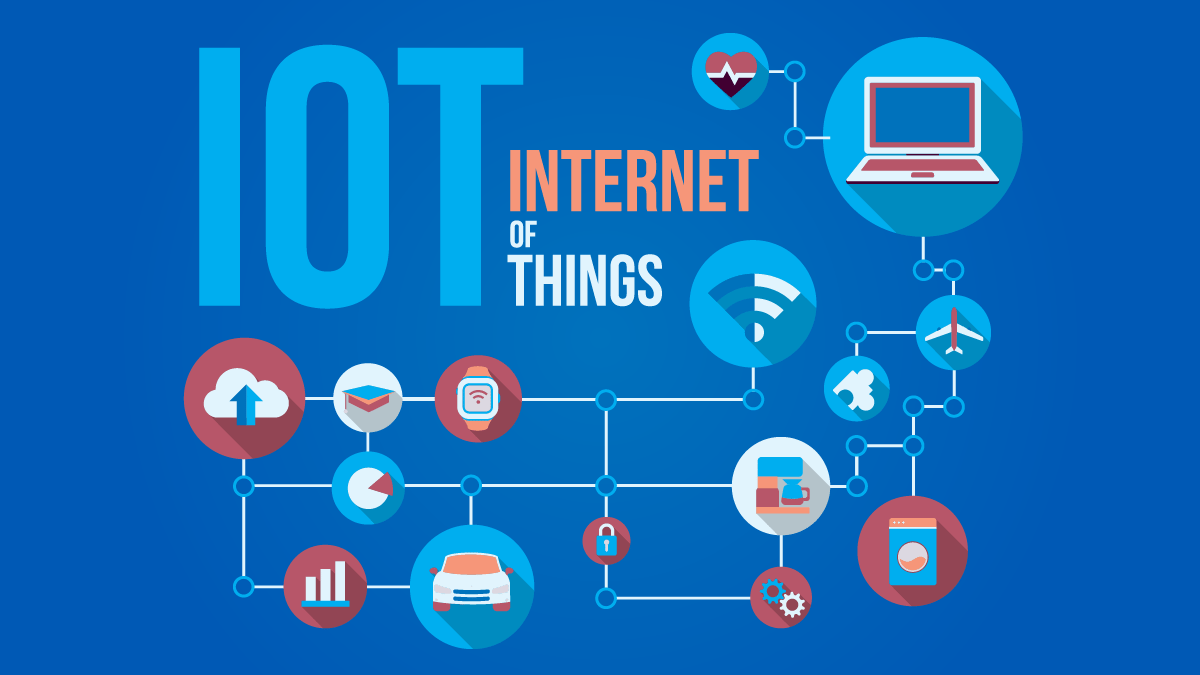How the IoT Is Changing Data Center Requirements10 min read

Modern organizations are now using technology at far greater levels than ever before. These companies are creating new business models, new ways to deliver products and new ways to compete in the market. But let’s pause here for a minute.
One of the biggest and most marked changes in the data center world has really been driven by the end-user. IT consumerization, mobility, and data delivery have transformed how the modern user consumes information. Even more significant, this new concept of the Internet of Things (IoT) will be greatly impacting how the data center operates.
And here’s an interesting thought – at the recent Cisco Partner Exchange – a really cool topic was introduced: Cloud-connected recycle bins. Not just the bins – but the trucks as well. This creates a highly efficient waste management system with very little overhead and direct impact on the company’s bottom line. Trucks knew which were full, which could be dynamically rerouted, and which bins needed to be emptied. Suddenly, these “things” that were never cloud facing are now creating direct business efficiencies.
There are other advancements as well. For example, Tesla already supports HTML5 on their center console. Soon, these kinds of capabilities will expand to even more interconnected IoT endpoints.
Current trends around the mobilization and growth of data show that IoT is a booming concept. The Cisco Visual Networking Index report indicates the following:
- The phenomenal growth in smarter end-user devices and M2M connections is a clear indicator of the growth of IoT, which is bringing together people, processes, data, and “things “to make networked connections more relevant and valuable. Both M2M and wearable devices are making computing and connectivity very pervasive in our day-to-day lives.
- An important factor contributing to the growing adoption of IoT is the emergence of wearable devices, a category with high growth potential. Wearable devices, as the name suggests, are devices that can be worn by a person and have the capability to connect and communicate to the network either directly through embedded cellular connectivity or through another device (primarily a smartphone) using Wi-Fi, Bluetooth, or another technology.
So how does all of this ultimately impacting data center requirements? What should administrators be looking at when creating their next-generation data center platform? Finally – how will IoT reshape the data center landscape?
When it comes to data center design – IoT is actually going to have a substantial impact on the data center. Everything from density to DCIM will be impacted. Let’s look at a few areas where IoT will make a difference.
Energy Efficiency
The amount of new devices connecting to the data center is growing. Additionally so is the increased energy and resource utilization that all of these new connections are creating. Approximately 40% of the energy used in the U.S.is consumed by buildings and their related processes (US Energy Information Administration, eia.doe.gov) and HVAC systems can be a significant contributor to that energy use. IoT will create an abundance of new custom connections coming into the modern data center. With that in mind – working with custom cooling and intelligent airflow management solutions makes sense. It’s important to look for partners and vendors that can help you meet your energy efficiency goals for your cooling requirements. There are powerful solutions available today which use the latest technology to develop and integrate components into cooling systems that provide the efficiency levels you’ll need for your IoT projects.
Air Quality and Filtration.
Let’s assume that you’re running a hospital. You have a number of IoT devices connecting to process medical information, work with patients, and even helping in operating rooms. All of these devices connect to your data center as well as into your organization. Now that we’re introducing more devices into “cleaner” parts of your organization – optimizing the air you and your infrastructure breathe becomes critical. Consider this – The US EPA and Lawrence Berkley National Laboratory both estimate that we spend as much as 87% (National Human Activity Pattern Survey), of our time indoors, reinforcing the importance of healthy indoor environments. Data center design leaders are supplying powerful cleanroom technology, capable of removing particulate down to the nanometer – meaning that whether you are trying to meet requirements for LEED credits with MERV 13 filters or developing a cleanroom, there is technology out there to make it happen. When it comes to IoT – look for products capable of handling multiple applications that are sensitive to indoor air quality such as hospitals, schools, and museums.
Creating the Puzzle-piece Data Center
As IoT continues to emerge – the amount of utilization around data center resources will continue to grow… quickly. This means controlling aspects of data center resource management as efficiently as possible. One way to do this is by creating a data center that is easily modified, upgraded, and maintained. For example, new kinds of modular air handlers are sized to navigate your existing doorways, elevators, and other access points. Also, in place deployments of airflow management solutions helps a data center breathe easier. All of this translates to your ability to quickly respond to ever-changing user and data center resource demands.
We’re still a couple of years away from full IoT adoption – but it’s already happening. The home is becoming more interconnected – your car can stream Pandora radio, your recycling bin is letting you know it’s full, and your refrigerator just placed an order for milk and eggs.
Remember, all of this spills over into data center demand, resource utilization, and greater levels of user density. Over the next couple of years – our world is going to get a lot more interconnected; so make sure you and your data center are ready.

Airflow Management Awareness Month
Free Informative webinars every Tuesday in June.







0 Comments
Trackbacks/Pingbacks